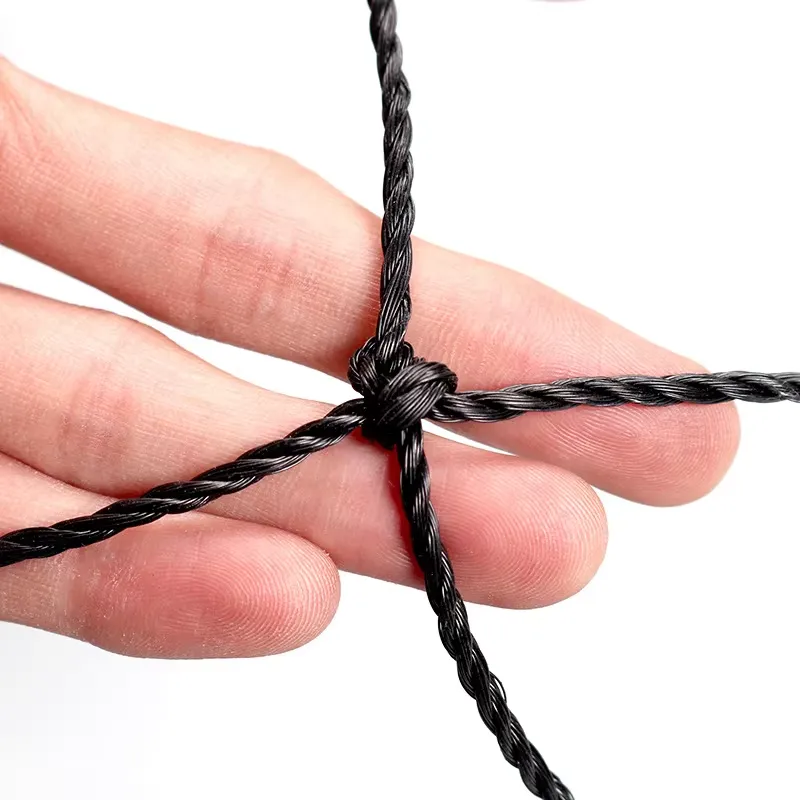-
 Afrikaans
Afrikaans -
 Albanian
Albanian -
 Amharic
Amharic -
 Arabic
Arabic -
 Armenian
Armenian -
 Azerbaijani
Azerbaijani -
 Basque
Basque -
 Belarusian
Belarusian -
 Bengali
Bengali -
 Bosnian
Bosnian -
 Bulgarian
Bulgarian -
 Catalan
Catalan -
 Cebuano
Cebuano -
 China
China -
 Corsican
Corsican -
 Croatian
Croatian -
 Czech
Czech -
 Danish
Danish -
 Dutch
Dutch -
 English
English -
 Esperanto
Esperanto -
 Estonian
Estonian -
 Finnish
Finnish -
 French
French -
 Frisian
Frisian -
 Galician
Galician -
 Georgian
Georgian -
 German
German -
 Greek
Greek -
 Gujarati
Gujarati -
 Haitian Creole
Haitian Creole -
 hausa
hausa -
 hawaiian
hawaiian -
 Hebrew
Hebrew -
 Hindi
Hindi -
 Miao
Miao -
 Hungarian
Hungarian -
 Icelandic
Icelandic -
 igbo
igbo -
 Indonesian
Indonesian -
 irish
irish -
 Italian
Italian -
 Japanese
Japanese -
 Javanese
Javanese -
 Kannada
Kannada -
 kazakh
kazakh -
 Khmer
Khmer -
 Rwandese
Rwandese -
 Korean
Korean -
 Kurdish
Kurdish -
 Kyrgyz
Kyrgyz -
 Lao
Lao -
 Latin
Latin -
 Latvian
Latvian -
 Lithuanian
Lithuanian -
 Luxembourgish
Luxembourgish -
 Macedonian
Macedonian -
 Malgashi
Malgashi -
 Malay
Malay -
 Malayalam
Malayalam -
 Maltese
Maltese -
 Maori
Maori -
 Marathi
Marathi -
 Mongolian
Mongolian -
 Myanmar
Myanmar -
 Nepali
Nepali -
 Norwegian
Norwegian -
 Norwegian
Norwegian -
 Occitan
Occitan -
 Pashto
Pashto -
 Persian
Persian -
 Polish
Polish -
 Portuguese
Portuguese -
 Punjabi
Punjabi -
 Romanian
Romanian -
 Russian
Russian -
 Samoan
Samoan -
 Scottish Gaelic
Scottish Gaelic -
 Serbian
Serbian -
 Sesotho
Sesotho -
 Shona
Shona -
 Sindhi
Sindhi -
 Sinhala
Sinhala -
 Slovak
Slovak -
 Slovenian
Slovenian -
 Somali
Somali -
 Spanish
Spanish -
 Sundanese
Sundanese -
 Swahili
Swahili -
 Swedish
Swedish -
 Tagalog
Tagalog -
 Tajik
Tajik -
 Tamil
Tamil -
 Tatar
Tatar -
 Telugu
Telugu -
 Thai
Thai -
 Turkish
Turkish -
 Turkmen
Turkmen -
 Ukrainian
Ukrainian -
 Urdu
Urdu -
 Uighur
Uighur -
 Uzbek
Uzbek -
 Vietnamese
Vietnamese -
 Welsh
Welsh -
 Bantu
Bantu -
 Yiddish
Yiddish -
 Yoruba
Yoruba -
 Zulu
Zulu
livestock wire fence panels
Understanding Livestock Wire Fence Panels A Comprehensive Guide
Livestock wire fence panels play a critical role in modern farming and ranching by providing secure and effective enclosures for animals. These panels are designed to keep livestock safe while also maintaining the integrity of your property. In this article, we will explore the various aspects of livestock wire fence panels, including their types, benefits, and installation tips.
Types of Livestock Wire Fence Panels
There are several types of wire fence panels tailored to the needs of different kinds of livestock. The most common include
1. Stock Panels These panels are typically 16 feet long and come in varying heights. They feature horizontal wires spaced apart to prevent livestock from escaping while still allowing for visibility and air circulation.
2. Hog Panels Designed specifically for keeping hogs contained, these panels are shorter and have narrower spacing between vertical wires. This prevents pigs from pushing through or getting stuck.
3. Sheep Panels Similar to stock panels but with tighter spacing, sheep panels effectively contain sheep and goats which are more adept at squeezing through larger gaps.
4. Cattle Panels These robust panels are built to withstand the strength of cattle. They are taller and have thicker wire, ensuring that even the largest animals remain secure.
5. Horse Panels Specifically designed for horses, these panels feature round tops to minimize injury risk and are often made from heavier gauge wire to withstand the strength of these powerful animals.
Benefits of Livestock Wire Fence Panels
Investing in livestock wire fence panels offers numerous advantages for farmers and ranchers
1. Durability Made from high-quality materials, wire fence panels are built to last. They can withstand harsh weather conditions and the robust nature of livestock.
2. Ease of Installation Unlike traditional fencing, wire panels are easier to install. They come in manageable sizes, making them ideal for quick setups and modifications as needed.
livestock wire fence panels

4. Visibility The open design of wire fences allows for excellent visibility, making it easier for farmers to monitor their livestock without obstruction.
5. Versatility Wire fence panels can be used for various purposes beyond livestock containment, such as garden enclosures, pet fences, or decorative boundaries.
Installation Tips for Wire Fence Panels
Proper installation is crucial for the effectiveness of wire fence panels. Here are some tips to ensure a successful setup
1. Choose the Right Location Before installation, evaluate the area where you plan to set up the fence. Ensure that it is clear of obstructions and provides enough space for the animals.
2. Use Quality Materials Invest in high-quality wire panels and posts. Ensure that the gauge of the wire is appropriate for the animals you are containing.
3. Plan for Gates Installation should include easy access points. Consider where gates are necessary for feeding, grooming, or treating the animals.
4. Secure the Base Ensure that the bottom of the panels is either buried in the ground or anchored sufficiently to prevent livestock from digging under or pushing through.
5. Regular Inspections After installation, regularly check the integrity of the fence. Look for any signs of damage or wear and address issues promptly.
Conclusion
Livestock wire fence panels are an essential component of effective animal management in agriculture. Their durability, ease of installation, and versatility make them a favorite among farmers and ranchers alike. By understanding the types of panels available, their benefits, and best practices for installation, livestock owners can create safe environments for their animals and maintain the efficiency of their operations. Investing in the right fencing solution is crucial for a successful farming experience, ensuring the safety and well-being of livestock while also enhancing property management.
-
Shipping Plastic Bags for Every NeedNewsJul.24,2025
-
Safety Netting: Your Shield in ConstructionNewsJul.24,2025
-
Plastic Mesh Netting for Everyday UseNewsJul.24,2025
-
Nylon Netting for Every UseNewsJul.24,2025
-
Mesh Breeder Box for Fish TanksNewsJul.24,2025
-
Expanded Steel Mesh Offers Durable VersatilityNewsJul.24,2025











